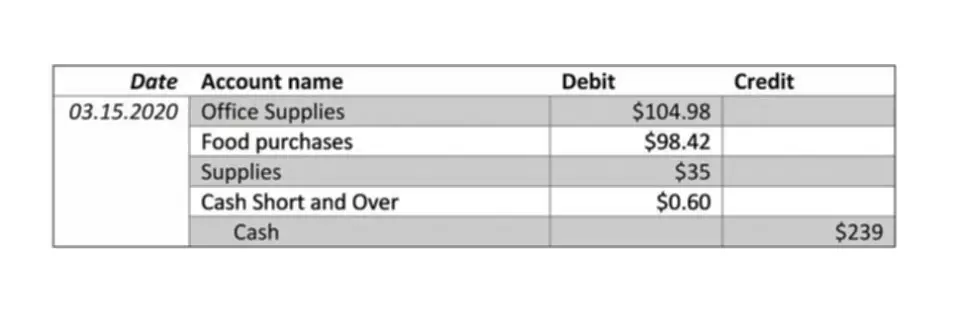Content
In this illustration, Cooper’s financial position made it possible for the company to carry the Price note to the maturity date. Alternatively, Cooper could have sold, or discounted, the note to receive https://www.bookstime.com/articles/what-are-notes-receivable the proceeds before the maturity date. Although the second entry on each set of books has no effect on the existing account balances, it indicates that the old note was renewed (or replaced).
That’s because of the signed promissory note, which can be presented as evidence in a legal proceeding. In addition, notes receivable can potentially be sold to third parties. By reducing unpaid, “bad” debts, collecting interest income and facilitating contract sales, notes receivable can be a tool for enhancing cash flow. Accounts receivable or AR is the money a company is owed by its customers for goods and services rendered.
Components of a Note Receivable
It produces inefficiencies such as invoicing errors and incorrect payment terms, creating disputes. If you actually fail to collect on an invoice, you will record it as a bad debt expense on your income statement and reduce AFDA by that amount. The accountant should classify the note either as current asset or non-current asset. Receivables of all types are normally reported on the balance sheet at their net realizable value, which is the amount the company expects to receive in cash.
A customer may give a note to a business for an amount due on an account receivable or for the sale of a large item such as a refrigerator. Also, a business may give a note to a supplier in exchange for merchandise to sell or to a bank or an individual for a loan. Thus, a company may have notes receivable or notes payable arising from transactions with customers, suppliers, banks, or individuals. The differences between accounts receivable and notes receivable relate to formality, duration and interest. Accounts receivable are informal, short-term and non-interest-bearing amounts owed by a customer.
Boundless Accounting
Accounts receivable is an important number on your balance sheet, but it is so much more than an accounting entry. A healthy AR department is the result of efficient digital processes that enhance customer value and relationships, while introducing more efficiency in cash collection and accelerating cash flow. CFOs routinely turn to accounts receivable reports to calculate and forecast the cash they expect to earn. If your AR aging reports, for example, do not offer enough context or do not integrate automatically with your accounting platform, you’ll receive a flawed cash flow picture.

